Reinhold Messner: The Emperor of Mountaineering
Reinhold Messner is probably the most renowned and commercially successful climber within the mountaineering community today. His achievements are widely recognized, prompting a persistent question when delving into his stories: Why is he singled out as the "Emperor of Mountaineering" amidst a world teeming with technically outstanding climbers?
Having conquered all 14 peaks surpassing 8000 meters, reaching the summits of the highest peaks across all seven continents, standing atop Mount Everest without supplemental oxygen, embarking on expeditions to both the North and South Poles, and crossing the Gobi Desert—these feats are undeniably impressive. However, with the exception of his solo ascent of Nanga Parbat along the Rupal face, the remainder are not entirely unique.
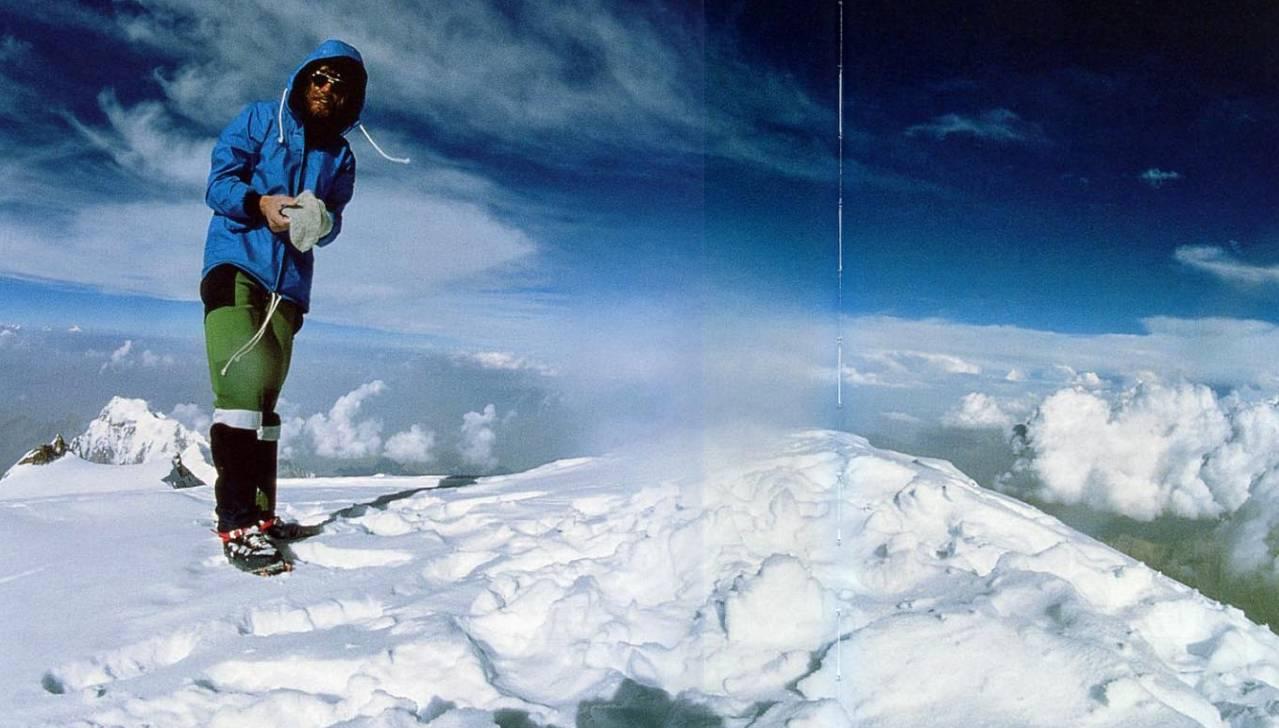
This is a historic mountaineering selfie. On August 9, 1978, Messner revisited Mount Nanga Parbat and achieved a successful solo summit.
There must be something else, a distinctive mark on Messner's person, that elevated him to the status of a "legend" in people's perception.
The Most Challenging Climb Isn't Mount Everest Without Oxygen.
On October 16, 1986, at 1:45 pm, Reinhold Messner and his partner Hans Kammerlander reached the summit of Lhotse (8,516 meters), marking the first time a person had conquered all 14 of the 8,000-meter peaks.
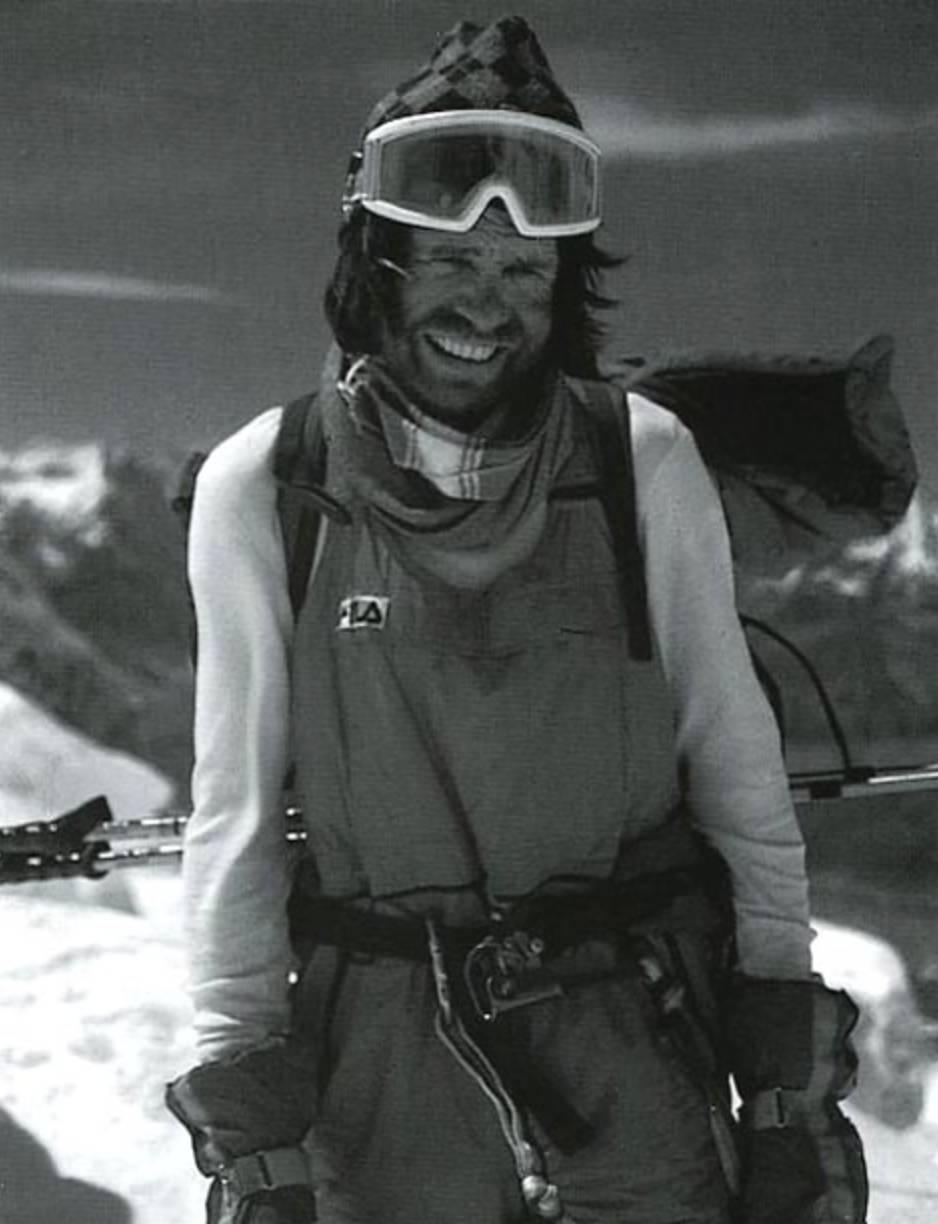
For Messner, the conquest of the 14 peaks marks a temporary endpoint, but for many others, it's the starting point of their admiration for him. This level of glory, which others can only dream of, appears effortless for him.
“As someone who holds the record for the most failures on an 8000-meter peak, I believe my efforts should be remembered. “ said Messner.
Messner's 18 successful ascents of the 14 peaks stand as the quantifiable data, with two notably exceptional and distinctive approaches to Everest: an oxygenless climb in 1978 and a solo climb in 1980.
Messenar's Primary Climbing Milestones:
1966 - First ascent of Yerupaja Chico 1970 - Nanga Parbat 1974 - Eiger North Face 1975 - Gasherbrum I 1978 - Mount Everest (first ascent without oxygen) 1978 - Nanga Parbat (solo) 1979 - K2 1980 - Mount Everest (solo) 1981 - Shishapangma 1982 - Gangchempo 1982 - Gasherbrum II 1982 - Broad Peak 1983 - Cho Oyu 1984 - Gasherbrum I, II (crossing) 1985 - Annapurna 1986 - Makalu 1986 - Lhotse
However, life sometimes throws unexpected twists. What others might deem precious may not necessarily etch the deepest marks on one's own heart. Hence, these two "impossible tasks" didn't secure their place among Messenar's "most challenging climbs.”

The most challenging memory he harbors took place on a mountain peak in his hometown, which stood at an altitude of only 2,970 meters. During that period, his younger brother Günther Messner had not yet perished.
Of course, in the end, the Messner brothers succeeded, but they encountered skepticism upon their return. For the next 10 years, people largely dismissed this climb with an attitude of "it was all a lie." Until one day, someone discovered the ice pick they had left behind on the same climbing route.
A comparable situation unfolded in 1970, but it took 30 years for the truth to be revealed.
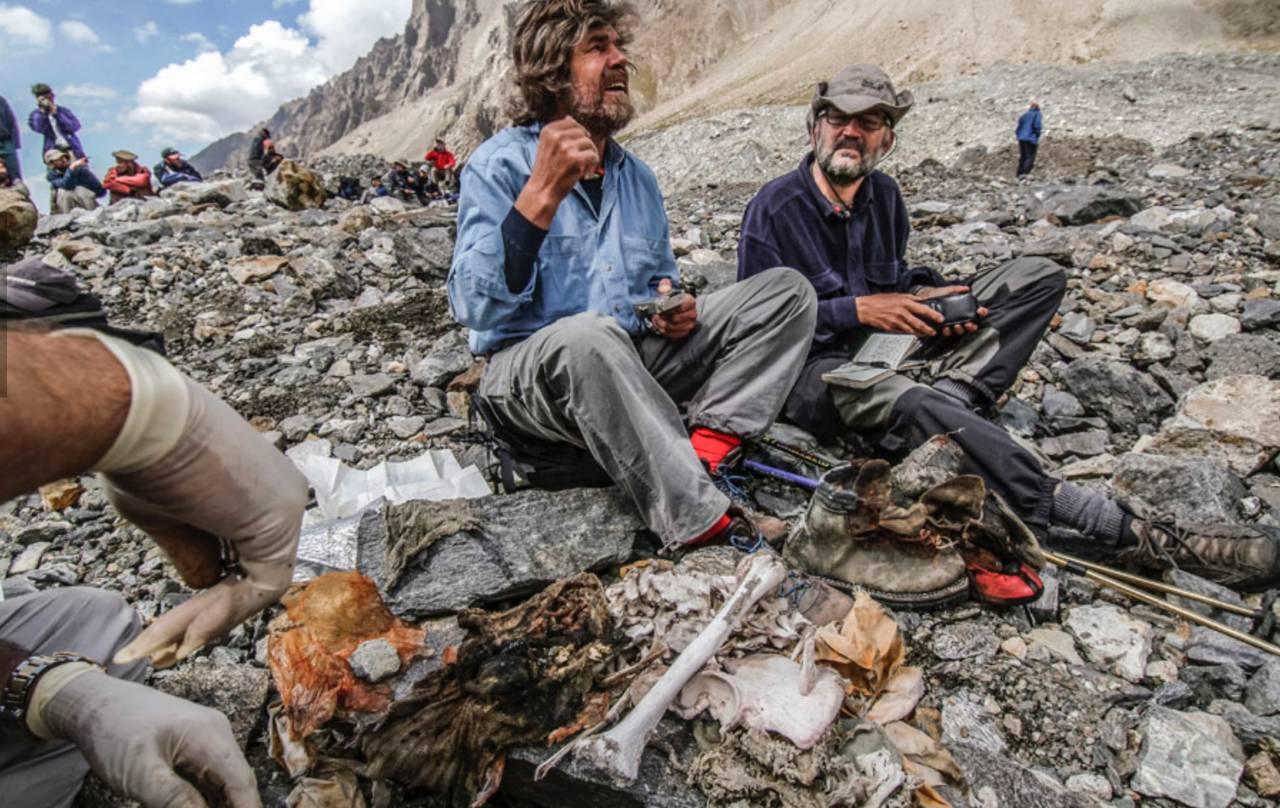
In June of that year, the two brothers successfully reached the summit of the perilous Rupal Face along the southern side of Mount Nanga Parbat. However, during their descent, they faced a series of unexpected events: exhaustion had sapped Ganser's physical strength, they made a wrong decision in selecting their descent route, and suddenly, an avalanche struck…

Many years later, Messner utilized the movie "Nangaparbat" to unveil the most harrowing chapter of his life to the world. Those experiences were truly beyond description.
"Where is my blanket?" Everyone knows the ending; only Messner returned, albeit missing seven toes. However, the overwhelming flood of inquiries completely threw him off balance.
Messner once put: “Before 1970, my life's purpose was mountaineering. My ambition was to depend as little as possible on technical equipment and push beyond all physical limits.”

After Ganser's death, Messner endured a whole year of self-blame, his father's resentment, and the world's insults, only to grasp the essence of life and death in mountaineering: returning alive is more important than reaching the summit.
A Resolute Climbing Philosophy Born From Deep Conviction.
At the age of 23, Messner achieved two significant feats. First, the challenging climb mentioned earlier in his life. Second, he shook the mountaineering world of his time by publishing an article titled "Murdering the Impossible," vehemently criticizing certain "subpar climbers" who excessively depended on expanding bolts for their climbs.

He openly condemned the "siege tactics" that enabled even mediocre climbers to conquer mountains by relying on anchors. He defended the mountains that couldn't "defend themselves" and advocated for climbers, asserting that they were misled into forfeiting the chance to push their courage and skills to the extreme.
Considering all of Messner's climbs, he scarcely used expansion anchors on rock faces. In 1978, he even defied the traditional notion of the 8000-meter forbidden zone and achieved a successful summit of Mount Everest without supplemental oxygen.

Many people interpret this approach as "mountaineers daring to challenge and continuously explore," but that explanation falls short. Perhaps everything can be found in his unconventional mountaineering philosophy:
"I am not interested in the mountains themselves, only in the human experience. I am not a naturalist. I am interested in what happens to people..." (Source: "Crushing all Impossibilities - the Legend of Messner" published in Huaxia Geography magazine)
Compared to Mallory's "Because it's there," the driving force behind Messner's mountaineering is simply caring for the individual's inner self. He is obsessively fascinated by the process and the potential spiritual enrichment it may bring.
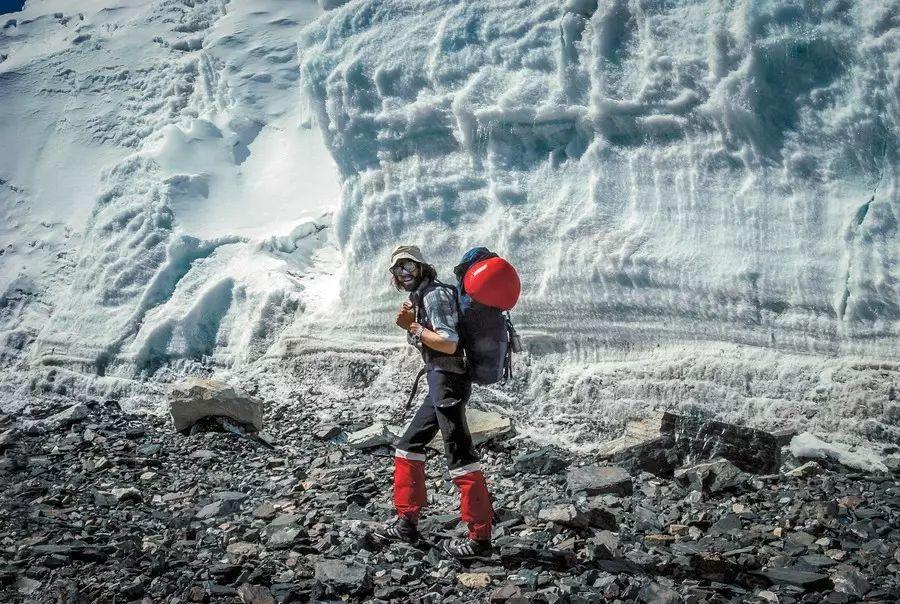
Therefore, it's not hard to comprehend that his enthusiastic advocacy for minimalist A-style climbing revolves around the notion of depending solely on one's own strength to reach the endpoint.

Messner not only has a penchant for self-criticism but also for critiquing others. In the eyes of his longtime partner, Hans, he stands out in the realm of Alpinism, but he does have a weakness—he's resistant to accepting criticism.
He proudly recounted a confrontation he had with a hometown adversary: "I was so furious that I started shouting, and the windows were shaking uncontrollably." (Source: "Crushing all Impossibilities - The Legend of Messner" published in Huaxia Geography Magazine)
This mode of interaction with the outside world has garnered Messner a reputation for a short temper, but he seems unfazed by it. Instead, he consistently delivers astonishing statements in major European media outlets.

“No religion can dictate my actions or prescribe what I must do; only a genuine reverence for nature should be upheld.” (Source: "Murdering the Impossible" by Caroline Alexander)
In retrospect, mountaineering for Messner was akin to a dedication to love and nurture his inner self. What always held true significance for him was the human being.
Know When To Halt, Turn Back Without Hesitation.
Significant events transpire when people encounter mountains.
For Messner, climbing imparted three crucial lessons: confronting life and death head-on, tending to his inner self, and embracing the ability to let go.

If you still have the chance to meet the 73-year-old Messner, instead of wishing for an encounter during a mountain climbing expedition, it's better to visit his hometown in the South Tyrol Province. Explore the mountain museums perched at high altitudes, and who knows, you might just stumble upon a pleasant surprise around the corner.
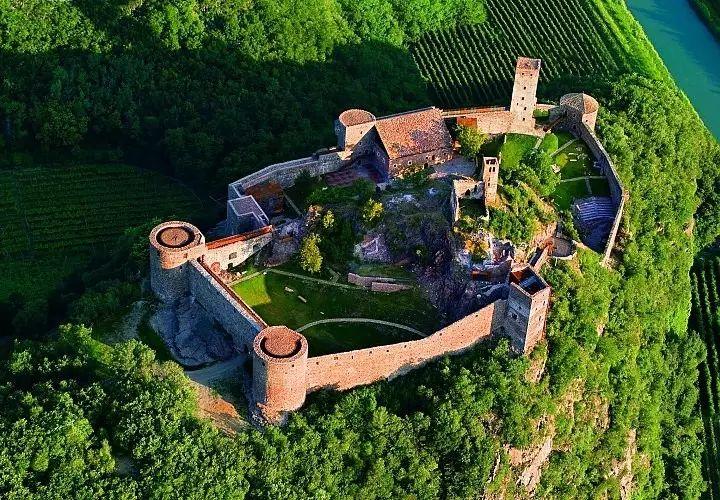
Perhaps some people might find Messner's shift in focus regarding climbing surprising, but in reality, he already knew where he should direct his attention after completing the 14 peaks.
"When I completed the 14 8000-meter climbs, I naturally felt relieved because I finally freed myself from the burden I imposed on myself. At that time, I already had other plans."
If you spend two days with him, you'll observe that he has become gentler and less intense. His life has become remarkably uncomplicated: he resides with his wife and children in a medieval castle in 13th-century Italy, no longer eager for the spotlight, and has a few yaks by his side.
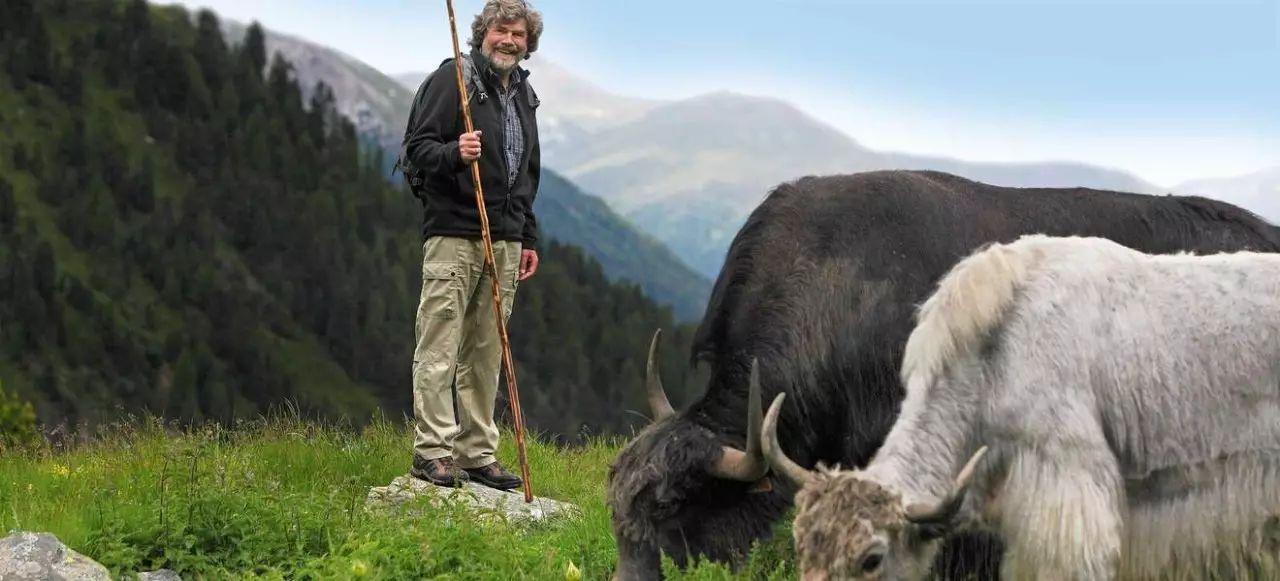
Why Is Messner The Sole Figure Labeled The "Emperor Of Mountaineering"?
Certainly, the multitude of mountaineering accolades contributes, but it's not the sole reason. More importantly, it's about his steadfast grasp on life. Ultimately, only when a person knows their purpose can they discern the path ahead and learn to let go.
These so-called legends aren't shrouded in mystery. It's about being authentic, open-minded, and humble. Just like Messner, who throughout his life did only one thing:
Followed his heart and acted on his impulses.
Perhaps, this balanced approach to life is the true essence of what sets Messner apart and makes him unforgettable.
Hence, fellows, MIER Sports hopes that each time you embark on a journey, it's driven by your inner passion and remains uninfluenced by external distractions. Be the "emperor" of your own life.



